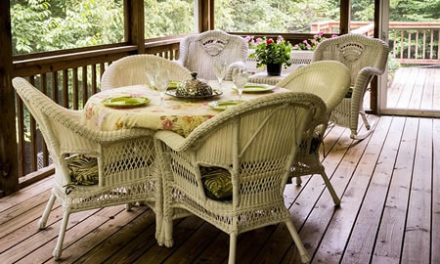Once, the only roasted vegetables most people made were potatoes, either nestled next to a chicken, set in a pan under a rack holding a leg of lamb (as the French do), or scattered around a hefty rib roast.
Then came along other roasted vegetables, like red peppers served as an antipasto with fresh mozzarella or anchovies. Called "roasted," they were packaged already charred over a gas flame or under the broiler, but some smart cooks discovered how to do it themselves, in a blistering hot oven. Finally, in the 1990s, many chefs got into pizza-making and wood-burning ovens, and began roasting other vegetables, from asparagus to zucchini. At the same time, Roasting, A Simple Art, by Barbara Kafka, taught home cooks how to roast them, with irresistible results.
This roasting revolution is one of the best things to happen to the American diet. If you or your family have the same difficulty as most people getting a healthful amount of a wide variety of vegetables, just turn on the oven. From tots to the big guys who only want meat and potatoes, everyone goes for roasted vegetables.
Roasting vegetables achieves two things. By evaporating moisture, it concentrates their flavor. And high heat (at least 400 degrees) caramelizes the natural sugars in vegetables, producing a sweeter flavor, always an appealing feature to those with a sweet tooth. This technique is also a simple, efficient way of cooking.
Coating vegetables with oil before roasting is essential. A minimal amount, using a spray oil or rubbing it on with your hands, is sufficient. Without it, even tomatoes and other moist vegetables will dry out and shrivel rather than turn tender and succulent.
Most vegetables and some fruits are delicious when roasted. You can, of course, serve vegetables with the entr�e and roasted fruits for dessert. But you can also combine them to make a first course, like this salad.
Roasted Sweet Potato, Squash and Pineapple Salad
Makes 6 servings.
- 2 sweet potatoes (or yams), peeled and cut in 3/4-inch slices
- 1 small butternut squash, peeled, seeded and cut in 1-inch chunks
- 2 rings sliced, ripe fresh pineapple, 1-inch thick, each cut in 8 pieces
- 1 Granny Smith apple, peeled, cored and cut in 1-inch pieces
- 2 large shallots, sliced
- 1 Tbsp. extra virgin olive oil, or spray olive or canola oil
- 1 Tbsp. chopped fresh rosemary (or 1 tsp. dried)
- Salt and freshly ground black pepper, to taste
Directions
- Preheat oven to 400 degrees.
- Arrange sweet potatoes (or yams), squash, pineapple, apple and shallots on a baking sheet. Drizzle with oil. Sprinkle on rosemary, and salt and pepper to taste. Use hands to mix so that all pieces are coated with oil (or lightly mist with spray olive or canola oil and mix). Spread out vegetables in one layer, with pieces of fruit on top of them.
- Roast until vegetables are tender, 20 to 30 minutes.
- Serve lukewarm or at room temperature. This dish is best served the day it is made. If refrigerated, bring to room temperature before serving.
Nutritional Info Per Serving:
135 calories
3 g. total fat (less than 1 g. saturated fat)
29 g. carbohydrate
2 g. protein
5 g. dietary fiber
313 mg. sodium
AICR










